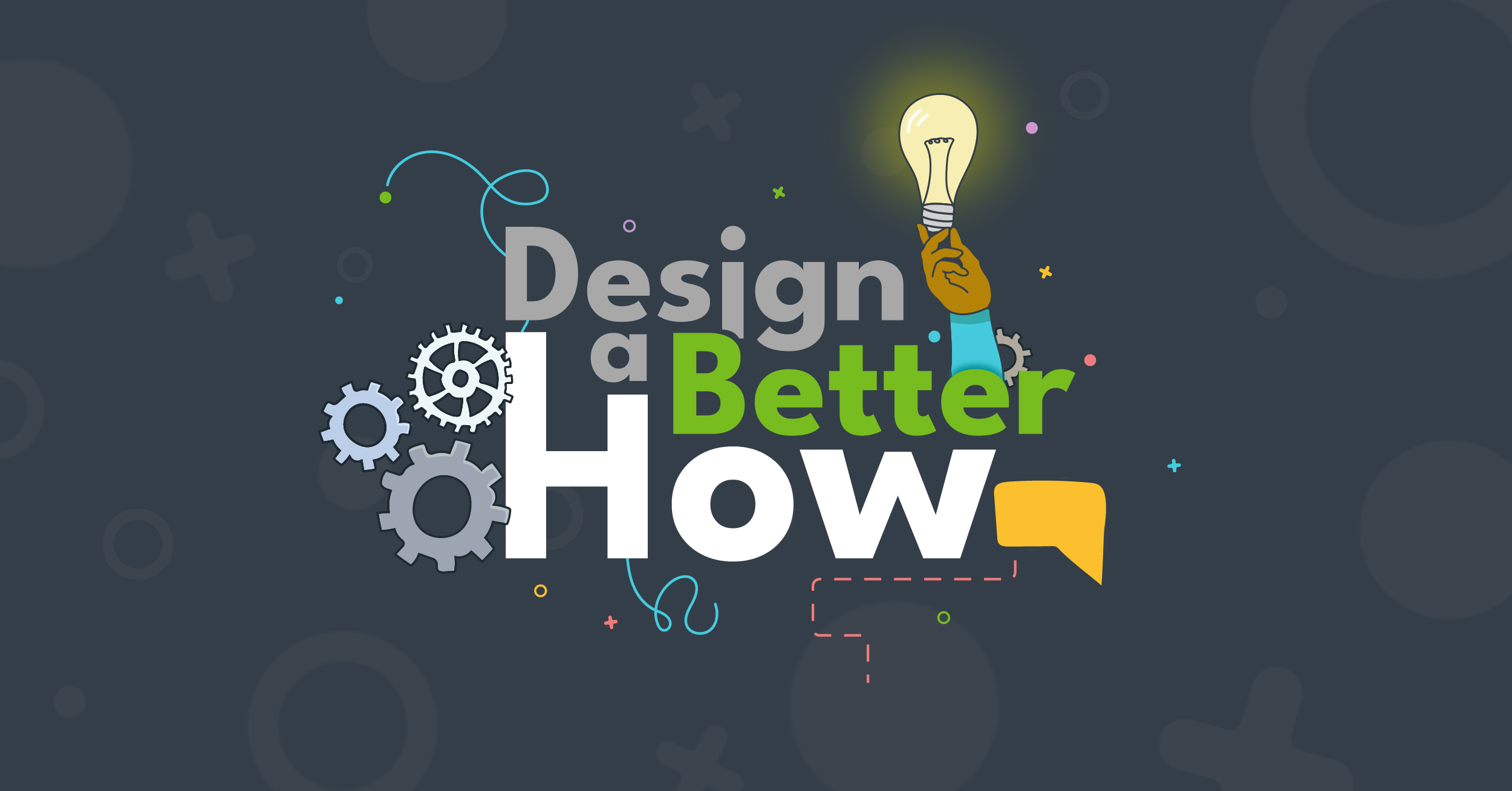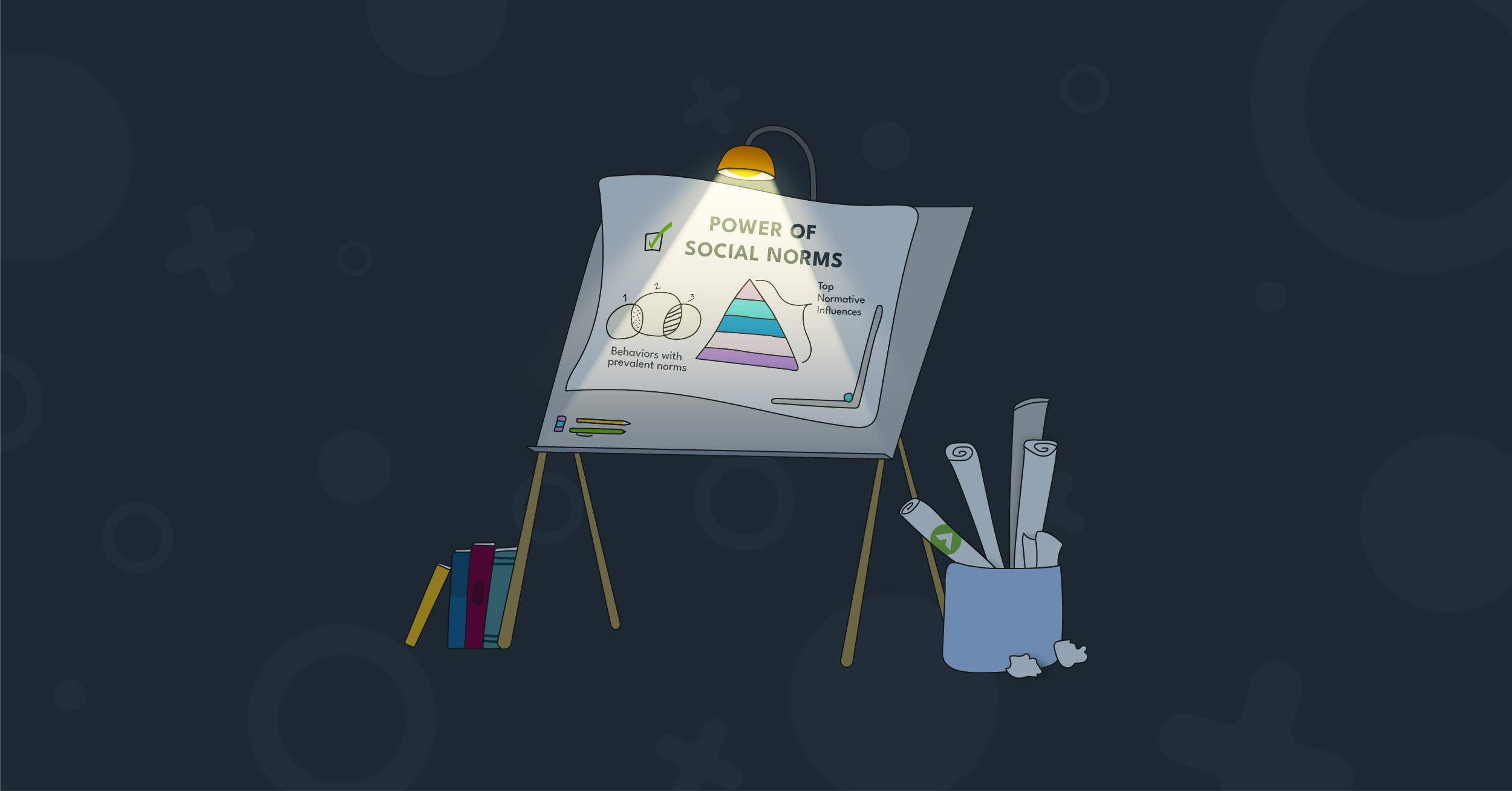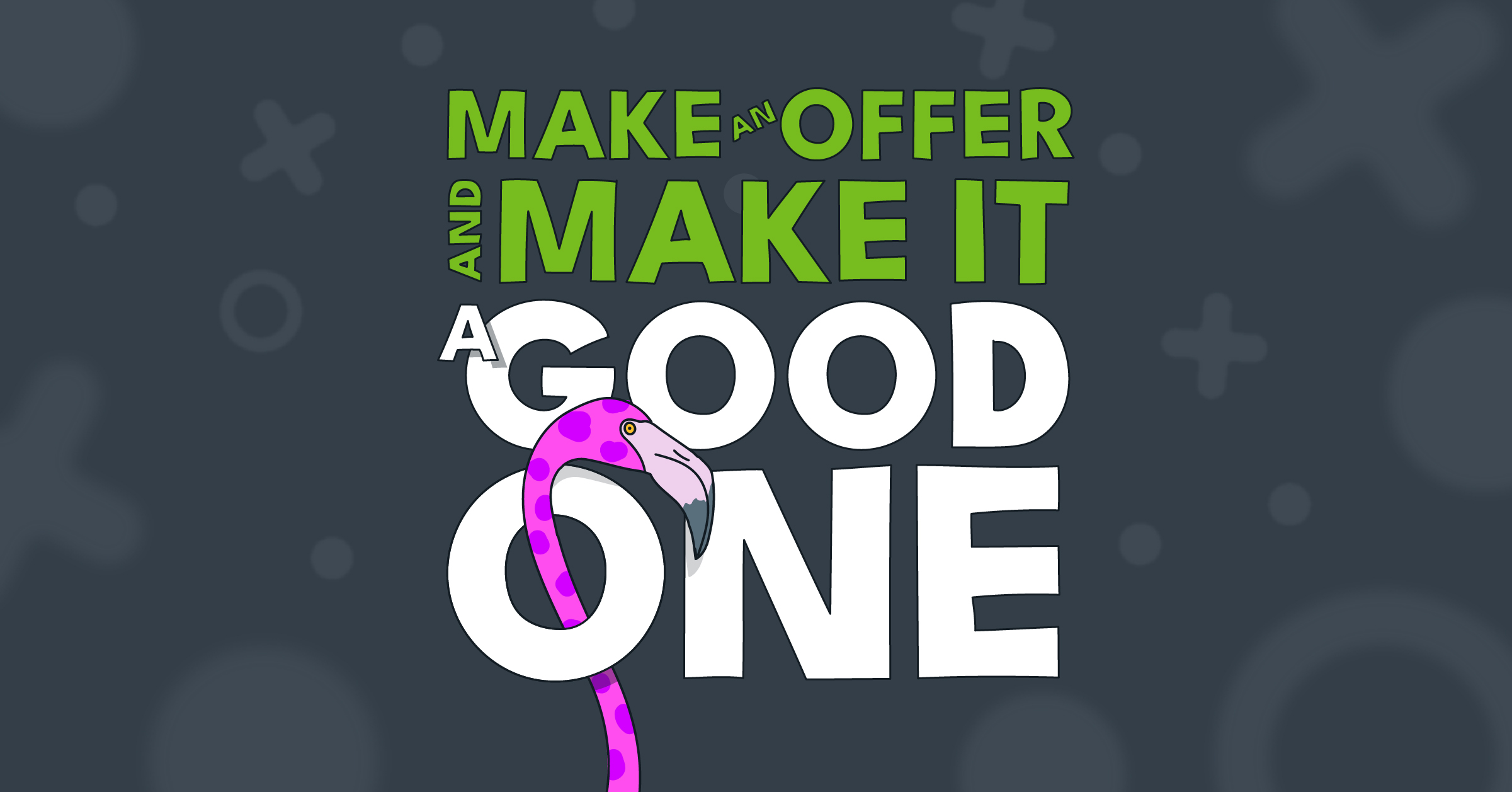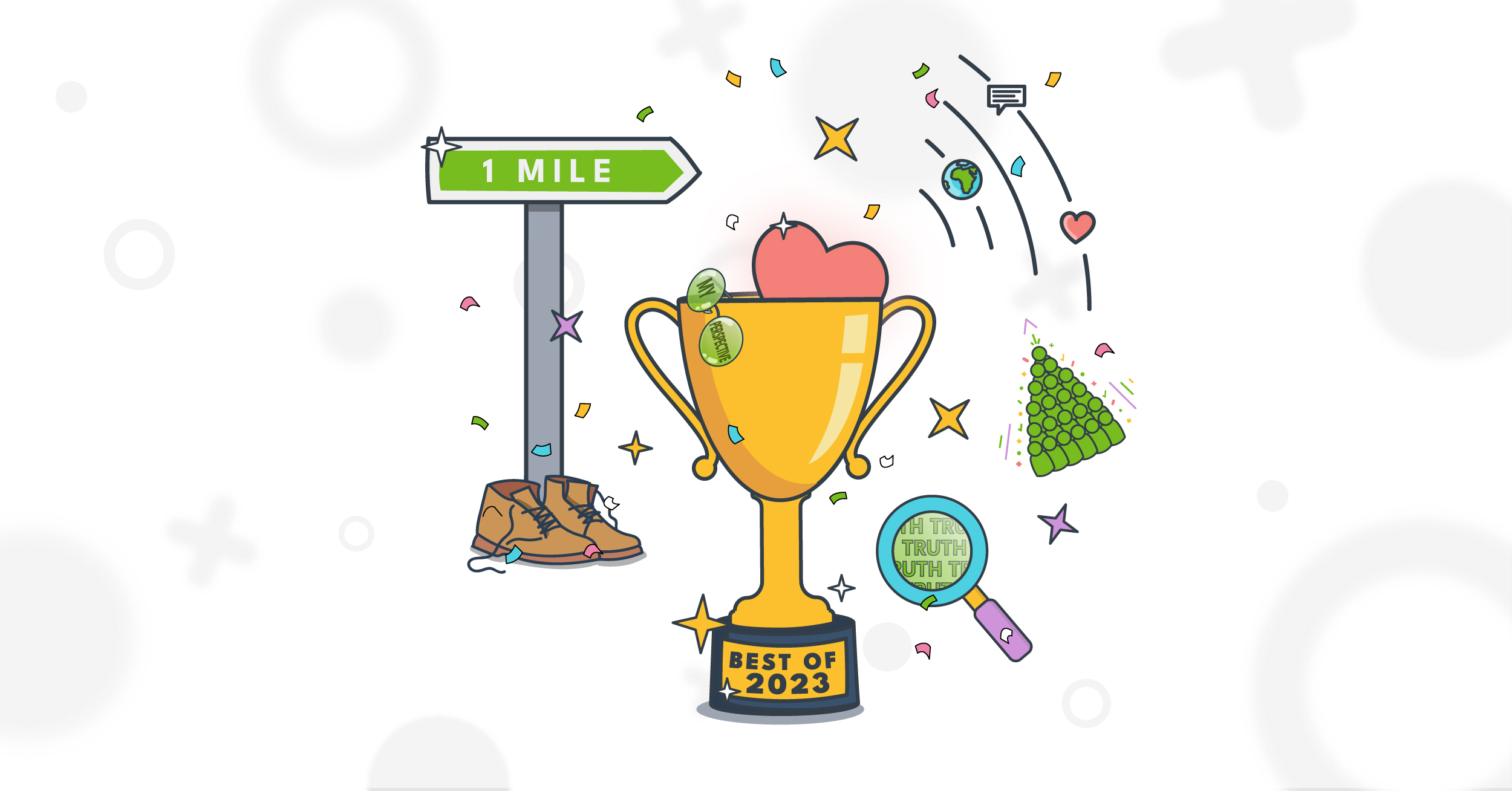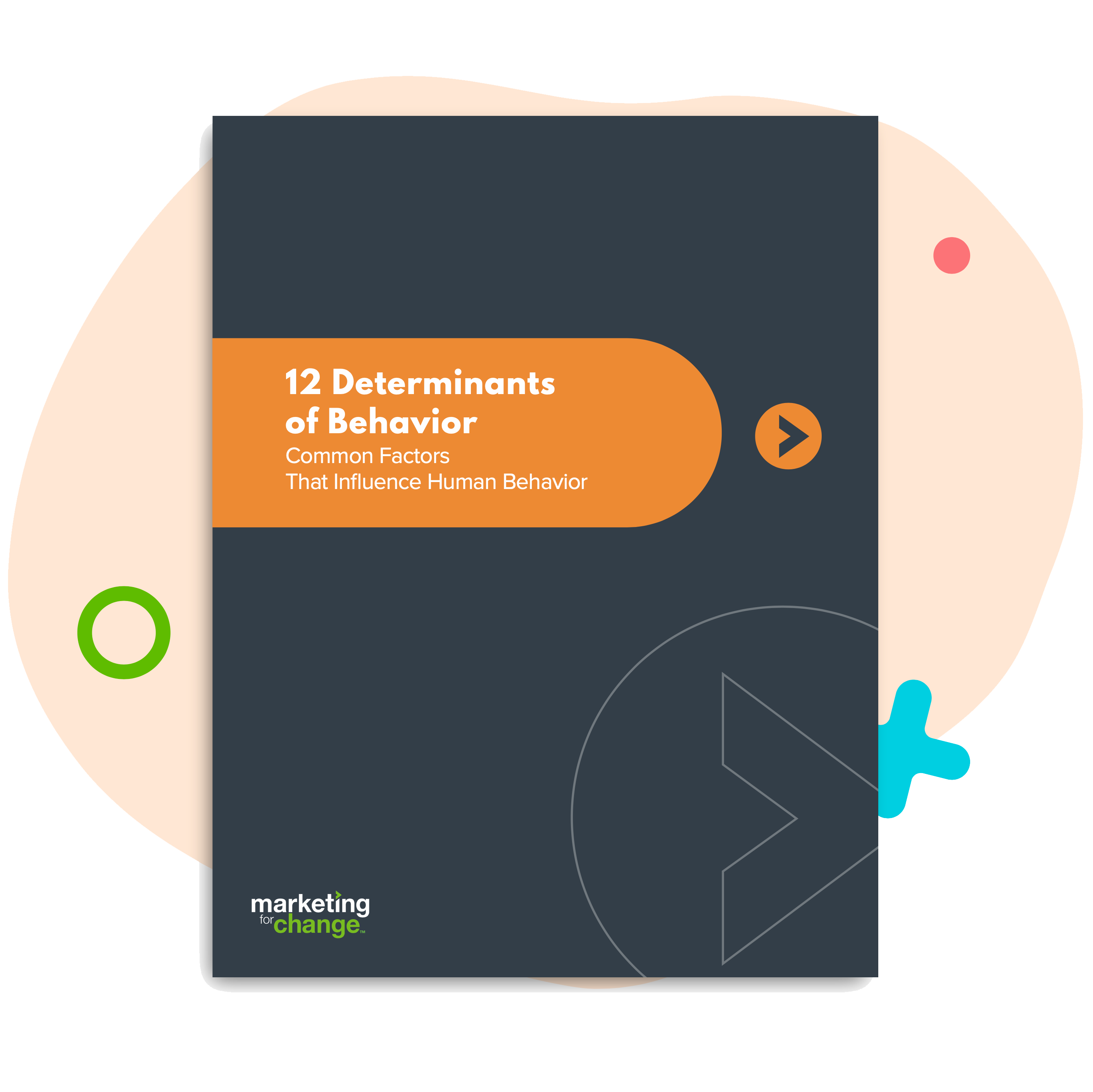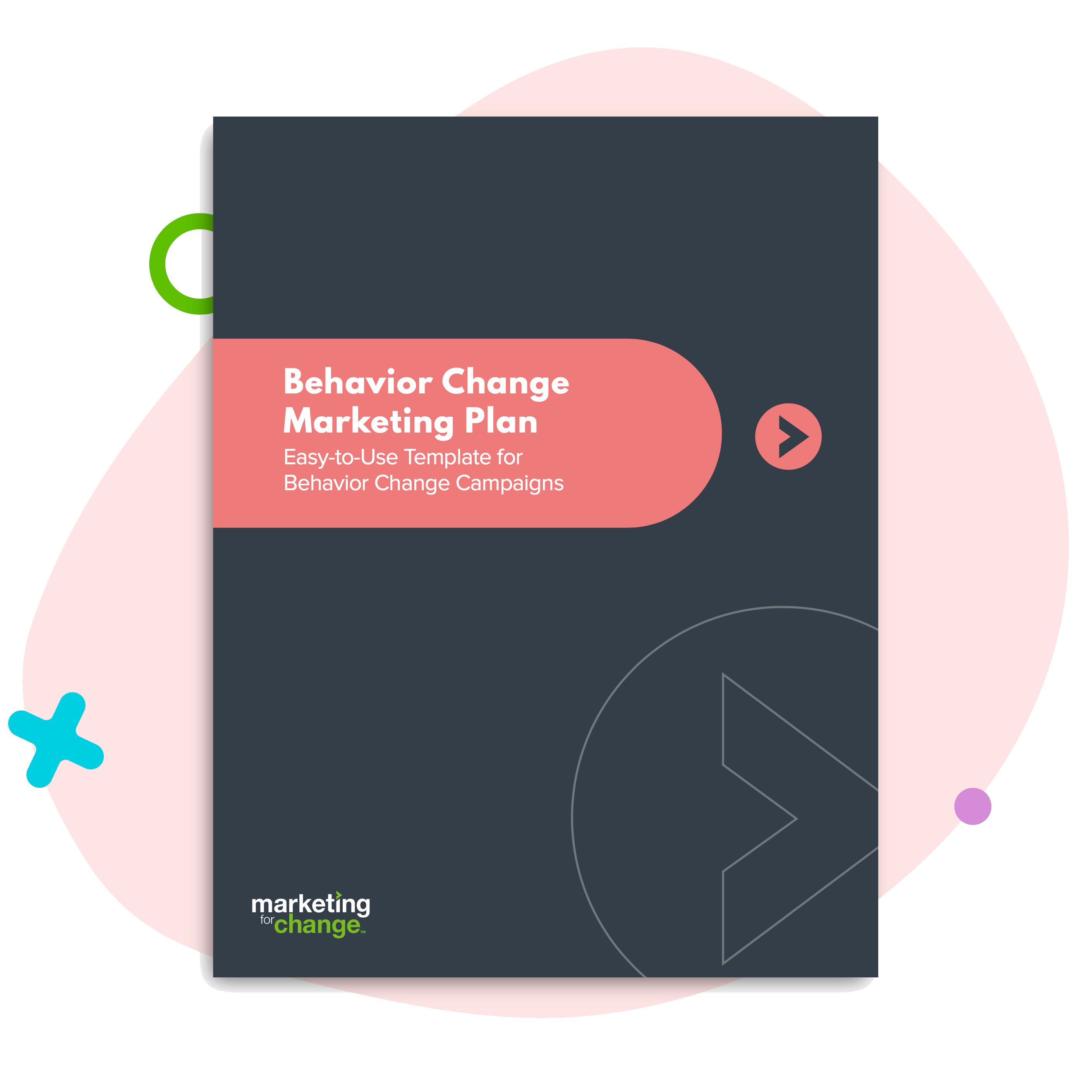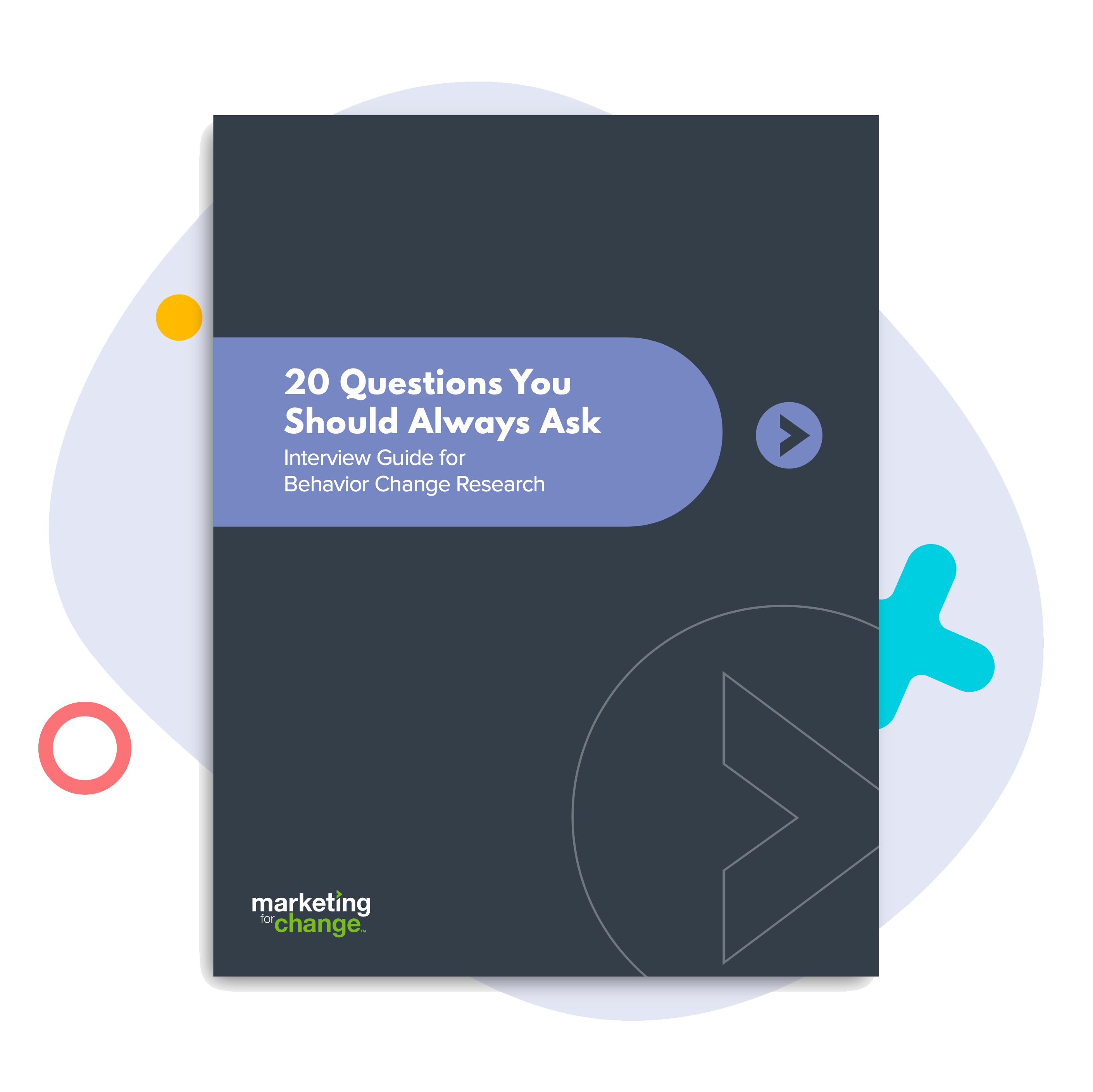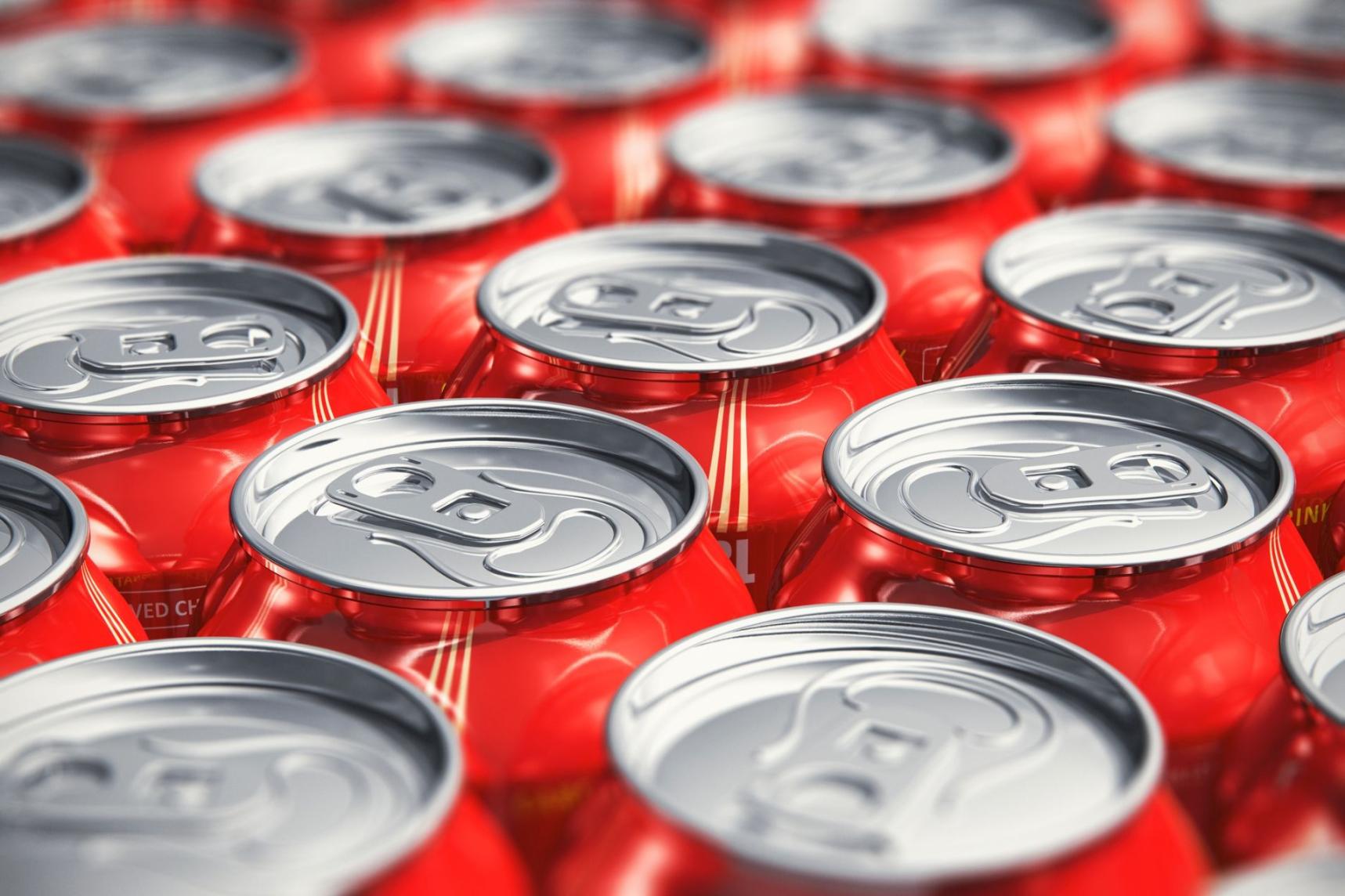
How To Sell A Behavior When The Competition Is Steep
Picture this: It’s a blistering, 101-degree day. The sun bakes your skin and dries your throat, which aches to be quenched by something cold and bubbly. The heat has depleted your energy levels, and you’d give anything for a pick-me-up. The answer to all your prayers? Probably a Coca-Cola (or whatever your favorite carbonated beverage may be). I can’t blame you — they’re chilled, they’re cheap, and chances are there’s one sitting in a fridge near you, waiting to be plucked from its shelf.
Perhaps that’s one reason why health campaigns often fail when attempting to persuade people to sip on healthy but boring water instead. Coca-Cola has branded itself as the fun-loving, thirst-quenching, make-ordinary-moments-special beverage. As Forbes put it, the brand has forged a “lasting imprint in [the] consumers’ consciousness.”
So how can social marketers possibly compete with iconic brands or sway audience behavior, when the competition is so familiar, rewarding and convenient? How can we make our behavior the most obvious choice? Here’s a good place to start: Stop focusing on what you want your audience to do, and start taking notes on the competition.
Four ways to boost your campaign by studying the opposite behavior
For those in the business of changing behavior, we often begin brainstorming the best method to address a target behavior by asking, “What are the barriers? What are the benefits?” But sometimes it’s more informative to start with what lies at the other end of the spectrum: a competing behavior. What can we steal from the competition to make our behavior the more fun, easy or popular choice?
#1: If the competition is easy, don’t make your behavior hard to do
At the University of South Florida’s Social Marketing Conference this summer, Griffith University’s Sharyn Rundle-Thiele demonstrated how analyzing the competition can be key to success. The University’s Waste Not Want Not Campaign, which aimed to reduce food waste in Australian households, started by dissecting the competing behavior: throwing food away.
 The benefits:
The benefits:
- It gives you more space in the fridge and on counter-tops
- It reduces odors in the kitchen
- Tossing it in the bin is easier and less time consuming than cooking it
The barriers:
- Less food to eat
- Waste of money (about $1,000 every year)
- Environmental impacts (loss of resources and greenhouse gas emission)
Overall, the campaign’s competing just-throw-it-away behavior was convenient, clean, and required little thought. But it hurt the environment, was an expensive habit, and meant there was nothing in the fridge to eat tonight.
The solution? Turn the most common food waste ingredients into easy-to-follow recipes, which were then disseminated through live-cooking demonstrations.
By looking at what was and was not working when it came to throwing food out, the campaign was able to not only address the problem of “throwing money down the drain” and damaging the environment, but also to promote a behavior that was almost as easy as the competition. By leveraging behavioral determinants like knowledge, loss-aversion and efficacy, the Waste Not Want Not campaign turned an easy (yet wasteful) behavior into a sustainable, family-oriented night in the kitchen for nearly 41% of evaluated residents.
#2: Understand what’s in it for your audience
When we were tasked by Pinellas County, Fla., to fight obesity by encouraging physical activity, we started by looking at the competition: screentime, which is entertaining and easy. In focus groups, we also discovered that our target audience of sedentary adults liked “physical activity” but hated “exercise,” and saw time spent at the gym as not only as painful and boring, but — more importantly — a direct competitor to leisure time with family and friends.
The solution? Find the Fun, a web tool that helps residents quickly and easily search for fun activities based on criteria like location, budget and time of day. The tool helps them to plan leisure time with family and friends that includes physical activity.

Over the course of a 10-month media campaign, more than one in 10 local adults used the web tool to plan active fun, and 77% of residents reported a higher interest in physical activity over the prior year. It is still in use years after the media campaign is over. By leveraging our target audience’s deeper reasoning for changing behaviors, we were not only able to get people moving, but to make physical activity an obvious choice for Pinellas County residents.
#3: Provide a unique selling proposition
When introducing a new product where competition already exists, it’s important to evaluate what else you can bring to the table. This is what we consider our unique selling proposition (USP).
 Looking at the competing product is one of the best ways to determine what your USP will be. What’s the missing element that could make this just a notch better? That’s the question we asked when we created GradPath, a tool to help high school students choose the college that best suited their career aspirations, and more importantly, to reduce post-grad debt.
Looking at the competing product is one of the best ways to determine what your USP will be. What’s the missing element that could make this just a notch better? That’s the question we asked when we created GradPath, a tool to help high school students choose the college that best suited their career aspirations, and more importantly, to reduce post-grad debt.
We knew going forward that a myriad of college search tools already existed online. How could we set ours apart from the rest, aside from creative branding and promotion? Give students the ability to navigate schools based on financial outcomes (or how much other graduates from that school made when entering the workforce).
By highlighting this unique element, along with the usual criteria like distance from home and desired major, we were able to help parents and students make decisions about college, and help our partner assess the role that specific financial information plays in the decision making process. The site, which was piloted for students in Virginia, generated over 9,000 searches during the 11-month test period.
#4: Don’t ask people to sacrifice
Asking people to give up soda in exchange for a healthier option? Not gonna happen — unless you offer something that’s just as tasty and fulfilling in its place. When we began work on the Horizon Foundation’s HoCo Unsweetened Campaign in Howard County, Md., we knew getting moms (who generally buy household food and drinks) to reduce sugary drink purchases would be a pretty big ask. We knew that moms wanted their children to be healthy — they just weren’t ready to fight that battle with their kids.
Our solution was one that wouldn’t ask parents to sacrifice, but instead to replace sugar-sweetened sodas, juices and sports drinks with a healthier and just-as-tasty alternative. As part of a comprehensive marketing campaign, we created a web tool, Switch the Drink, that made it easy to find a matching beverage to a favorite sugary drink. By offering a thirst-quenching, make-ordinary-moments-special beverages just like the competition, there’s no sacrifice required — or whining to put up with for moms making the switch. Three years into the campaign, soda sales dropped 20%.

Behavior change marketers are often up against large, well-funded industries or deeply ingrained habits and social norms. We’ll never have budgets to match, and change is always hard for people to do. But by analyzing competing behaviors, we can discover barriers and benefits that we can leverage to make our target behavior the more appealing choice.

